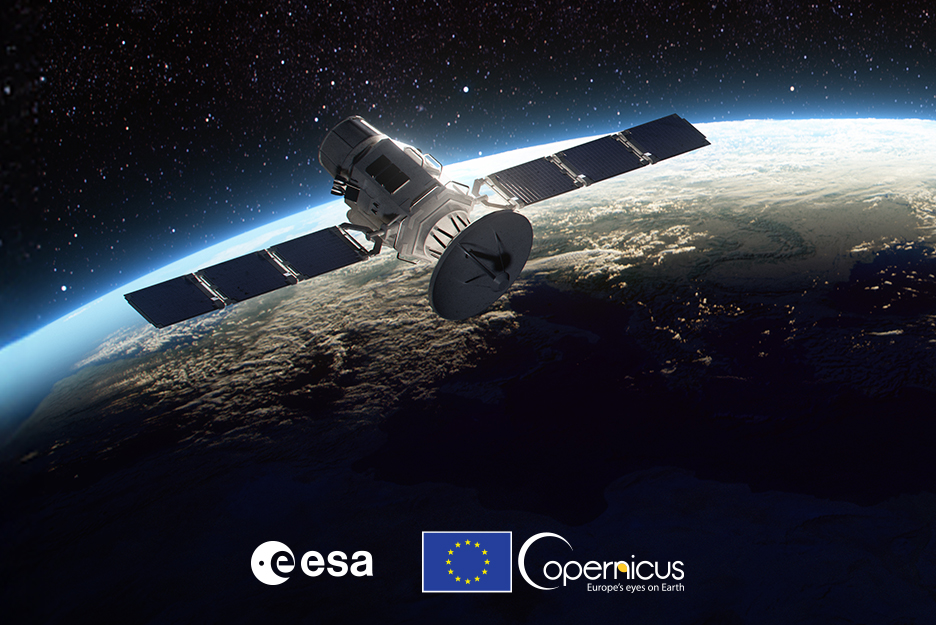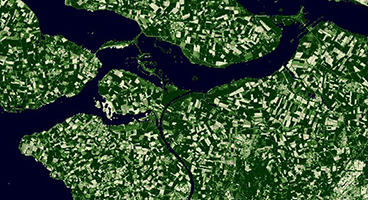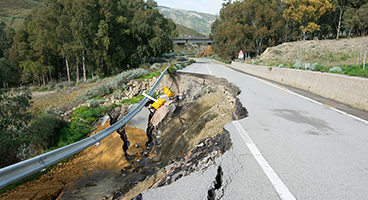In this article you will read,
- why the Copernicus earth observation program plays an important role in combating climate change,
- what makes Copernicus unique,
- and how the European Space Agency (ESA) and the Open Telekom Cloud financially support geoservice providers.
The Copernicus Data Space Ecosystem (CDSE) is the world's largest collection of earth observation data. The Copernicus program plays an important role in the fight against climate change. The ESA also encourages companies to use the data to develop new geoservices – and, together with the Open Telekom Cloud, provides financial support to help them to do so.



